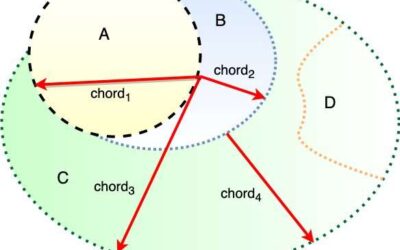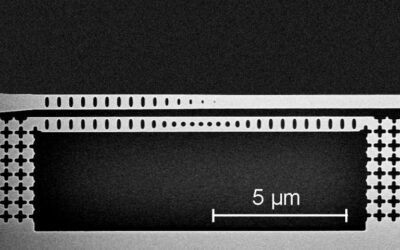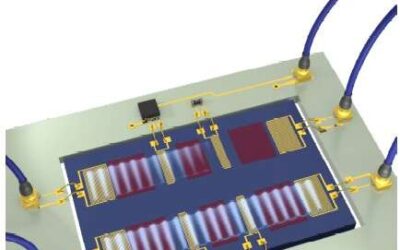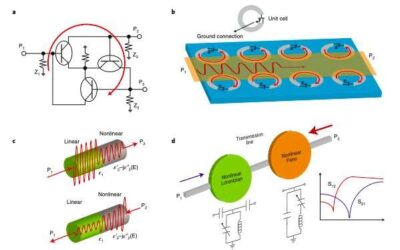Solar cells made of semi-transparent photovoltaic (PV) materials typically have a fixed optical transmission, which results in either high transparency or high efficiency, but rarely both. In order to perform optimally when integrated on buildings, however, they...
Hi Tech & Innovation
An AI painter that creates portraits based on the traits of human subjects
Over the past decade or so, researchers have been developing increasingly advanced artificial intelligence (AI) systems for a wide range of applications. This includes computational techniques that can interact with humans, analyze large quantities of data, identify...
A method to protect audio classifiers against adversarial attacks
In recent years, machine learning algorithms have attained remarkable results in a variety of tasks, including the classification of both images and audio files. A class of algorithms that has proven to be particularly promising are deep neural networks (DNNs) that...
A quantum metrology protocol for locating noncooperative targets in 3-D space
Radar technology, which stands for radio detection and ranging, has been around for several decades and has a wide range of real-world applications. Radar is currently used to detect targets or other objects in many settings. For instance, it is employed during...
A quantum memory that operates at telecom wavelengths
To create large quantum networks, researchers will first need to develop efficient quantum repeaters. A key component of these repeaters are quantum memories, which are the quantum-mechanical equivalents of more conventional computer memories, such as random-access...
A new approach to control the stiffness and position of inflatable robots
Robots that are made of flexible materials that can be inflated have a number of desirable properties, including their light weight and high levels of compliance (i.e. the ability to undergo elastic deformation). These qualities make them ideal for completing tasks in...
A system for the nonreciprocal transmission of microwave acoustic waves
Acoustic waves have been found to be highly versatile and promising carriers of information between chip-based electronic devices. This characteristic is ideal for the development of a number of electronic components, including microwave filters and transducers.
How Supercomputers Help Tackle the COVID-19 Crisis
Zhong, who holds a Ph.D. in materials science from New York University, authored 17 peer-reviewed articles on a variety of different materials and technology-related topics. In this article, he shares his thoughts about how emerging technologies, particularly...
Reviewing recent advances in the development of non-reciprocal electronics
The propagation of both light and sound waves is reciprocal in nature. In other words, light and acoustic waves travel forward and backward in the same way.
Creating chatbots with multiple conversational skills
In recent years, chatbots have become increasingly sophisticated, and they now provide basic assistance to humans on a variety of online platforms, including Facebook and a number of e-commerce sites. So far, chatbots have typically been designed to excel at one...










